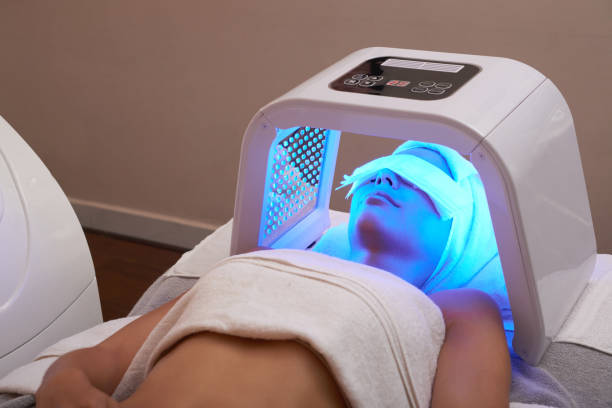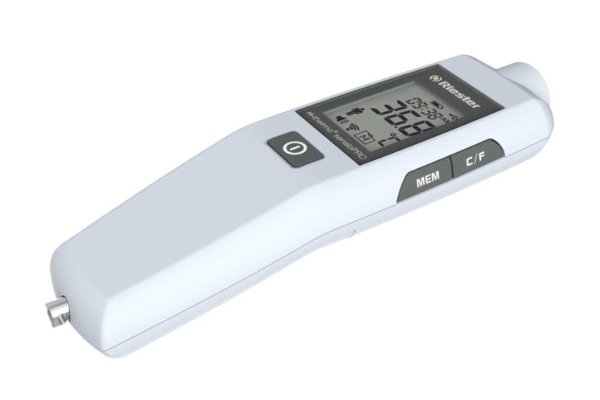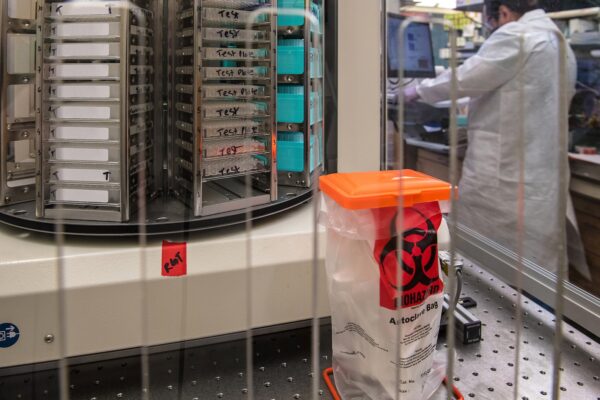Breathe Easy: Discovering the Perfect Breathing Circuit for Adult, Pediatric, and Neonatal Patients
Unlock the secrets of optimal respiration with our comprehensive guide to breathing circuits for patients of all ages!
 Image courtesy of Pixabay via Pexels
Image courtesy of Pixabay via Pexels
When it comes to medical interventions, the ability to provide adequate ventilation and oxygenation is of utmost importance. This is where breathing circuits play a vital role. Breathing circuits are essential components of respiratory devices used in various healthcare settings. Understanding the specific needs of different patient populations – adult, pediatric, and neonatal – is crucial to optimize respiratory outcomes. In this curated guide, we will explore the different types of breathing circuits used for adult, pediatric, and neonatal patients, and the factors to consider when choosing the perfect one for each group.
Understanding Breathing Circuits
Before delving into the specifics of different breathing circuits, let’s establish a foundational understanding of what they are and how they function. Breathing circuits are the conduits through which gases are delivered to and removed from the patient’s lungs during mechanical ventilation or anesthesia administration.
A typical breathing circuit consists of several key components, including the inspiratory limb, expiratory limb, Y-piece or patient connector, gas-disposable filter, pressure monitoring port, and humidification chamber. These components work together to ensure the delivery of clean, humidified oxygen and/or anesthesia gases to the patient, as well as the removal of carbon dioxide produced during respiration.
Adult Breathing Circuits
Adult patients have unique respiratory requirements, and therefore, their breathing circuits differ from those used for pediatric and neonatal patients. The two most common types of breathing circuits used for adult patients are the single-limb and dual-limb breathing circuits.
The single limb breathing circuit is a compact and lightweight option that combines the inspiratory and expiratory limbs into a single tube. It is easy to set up and reduces the risk of disconnections. On the other hand, the dual-limb breathing circuit separates the inspiratory and expiratory limbs, allowing for more precise control of gas flow and temperature. It also minimizes the possibility of breathing system contamination.
When selecting an appropriate breathing circuit for adult patients, factors such as the patient’s condition, the required level of gas control, and the need for humidification should be considered to ensure optimal outcomes.
Pediatric Breathing Circuits
When it comes to pediatric patients, their unique respiratory needs require specialized breathing circuits. There are several options available, but the most commonly used ones are the Mapleson circuits and the Jackson-Rees circuit.
 Image courtesy of via Google Images
Image courtesy of via Google ImagesThe Mapleson circuits, consisting of types A, B, C, D, and E, are designed to provide specific flow characteristics for different age groups and respiratory conditions. The Jackson-Rees circuit, often used for pediatric anesthesia, incorporates a reservoir bag to assist with ventilation. Each pediatric breathing circuit has its own advantages and limitations, and healthcare professionals must carefully evaluate these factors when selecting the appropriate circuit for their young patients.
Factors to consider include the patient’s age, size, lung compliance, and airway resistance, as well as the desired level of pressure support and tidal volume delivery.
Neonatal Breathing Circuits
Neonates, as the tiniest patients, require specialized breathing circuits that cater to their unique respiratory system and development stages. Three commonly used neonatal breathing circuits are Bubble CPAP, T-piece resuscitator, and ventilator circuits.
Bubble CPAP, or Continuous Positive Airway Pressure, helps support neonates with their breathing by providing a constant flow of warm, humidified air or oxygen through small nasal prongs. The T-piece resuscitator is often used during neonatal resuscitation, delivering a combination of positive pressure ventilation and supplemental oxygen. Ventilator circuits, tailored to neonatal patients, deliver controlled amounts of gas and pressure to support ventilation.
When choosing a neonatal breathing circuit, healthcare professionals must consider the patient’s gestational age, lung pathology, and the level of respiratory support required.
Best Practices for Breathing Circuit Usage
Selecting the appropriate breathing circuit is just the first step. Healthcare professionals must also adhere to best practices during the setup, usage, and maintenance of breathing circuits to ensure optimal patient comfort and safety.
 Image courtesy of via Google Images
Image courtesy of via Google ImagesThese best practices include proper cleaning and sterilization techniques, regular replacement of disposable components, adequate humidification to prevent drying of the airways, and strict adherence to infection control procedures. Troubleshooting common issues that may arise during the usage of breathing circuits is also crucial to ensure seamless delivery of gases and minimize potential complications.
Breathe Easy: Find Your Ideal Breathing Circuit Now!
Stay Updated with Our Newsletter for Advanced Respiratory Care Insights.
Conclusion
In conclusion, the selection of the correct breathing circuit for adult, pediatric, and neonatal patients is vital for providing optimal respiratory support. Through an understanding of the specific needs of each patient group and careful evaluation of factors such as age, size, pathology, and desired gas support, healthcare professionals can ensure the best possible outcomes.
By following best practices for breathing circuit usage and maintaining strict infection control measures, healthcare providers can further enhance patient comfort and safety. Remember, breathing easy is not just a figure of speech – it is an essential element of patient care.





